UK research partners team up to accelerate MND drug discovery
Drug Discovery World
JUNE 5, 2024
Identifying genes linked with MND A key part of the MND Translational Challenge therapeutic strategy is to validate and de-risk MND targets using human genetic evidence. If we can identify the human genes linked to the condition it is more likely that treatments will succeed.




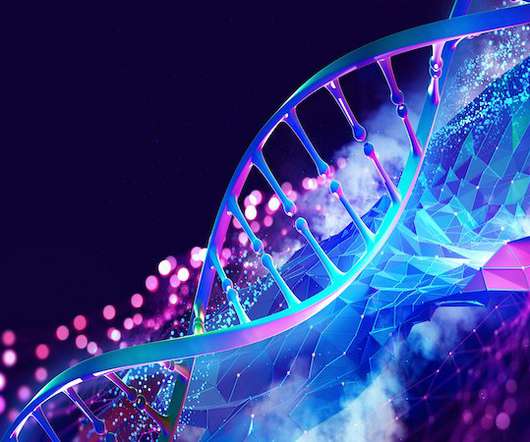
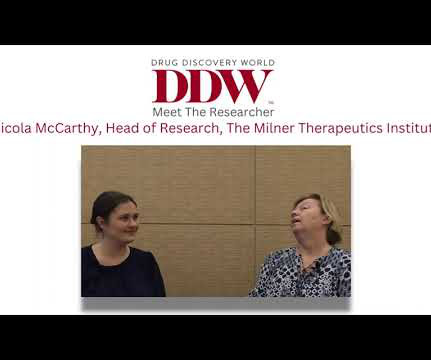
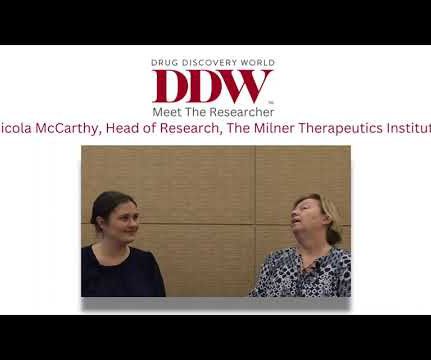
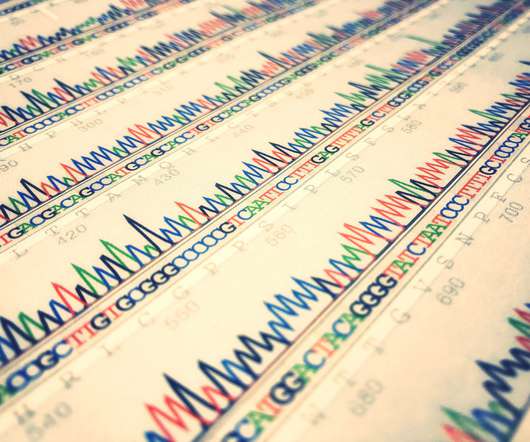


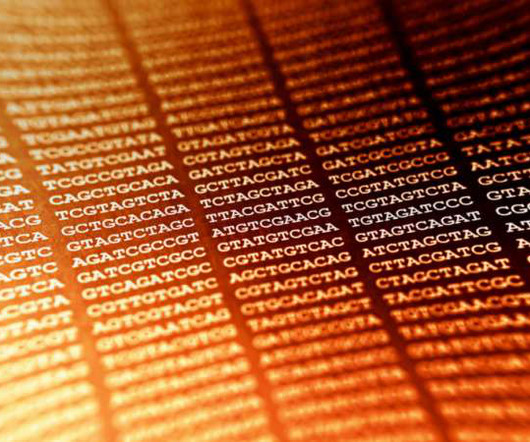


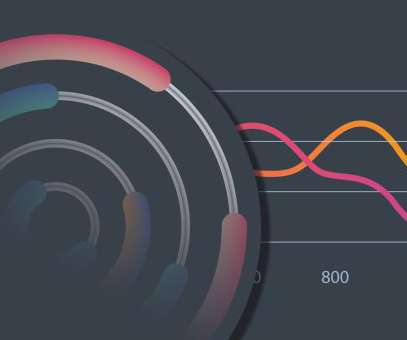
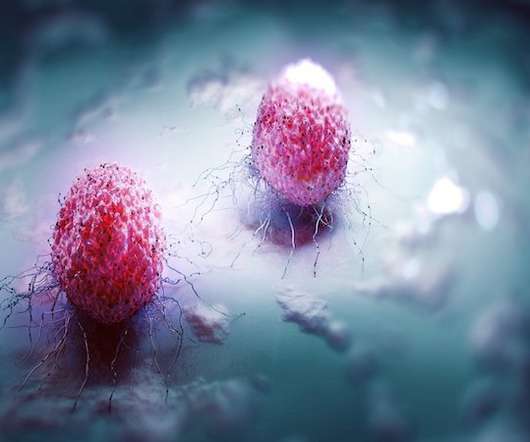
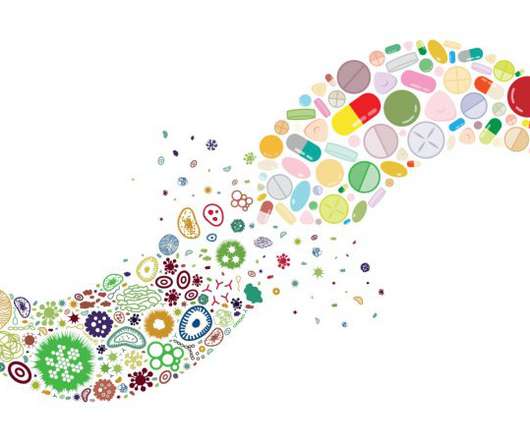
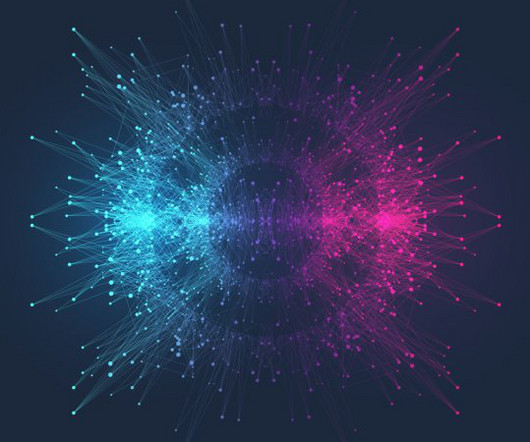







Let's personalize your content